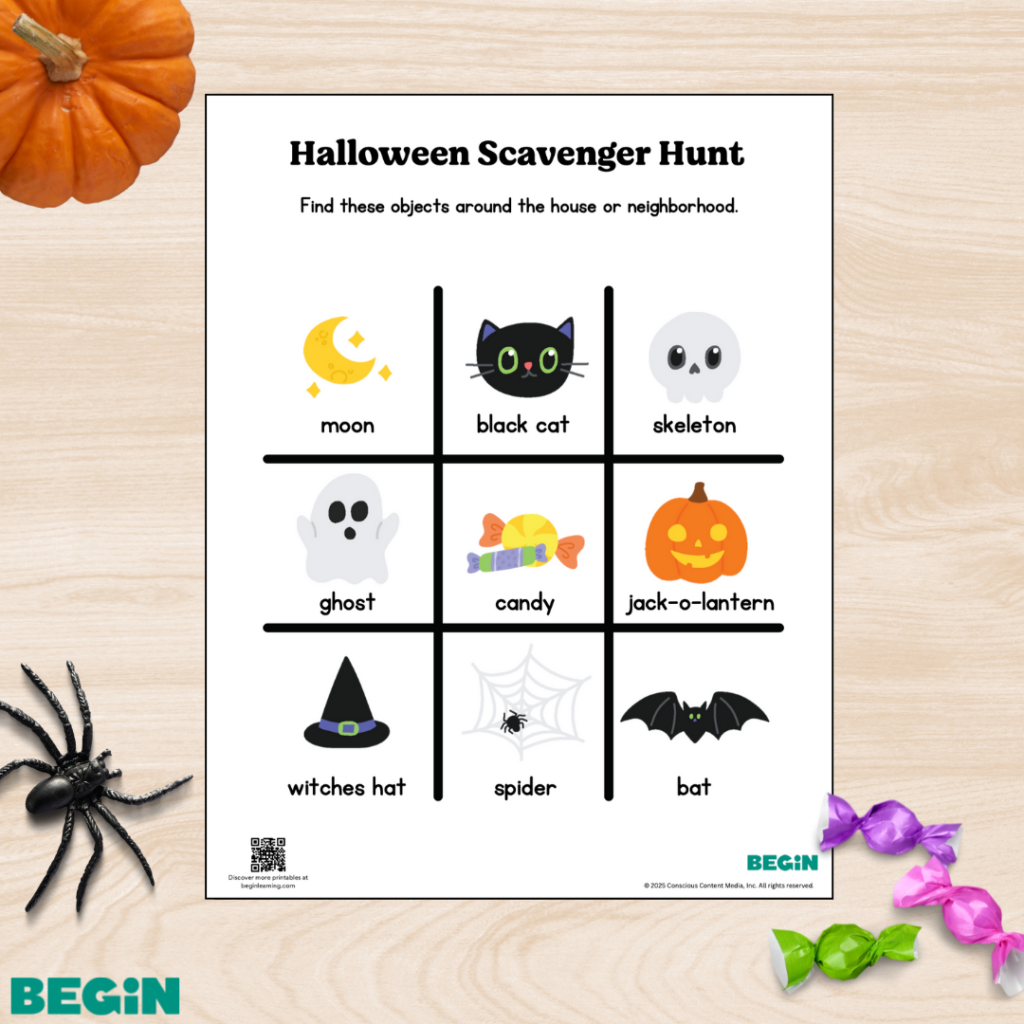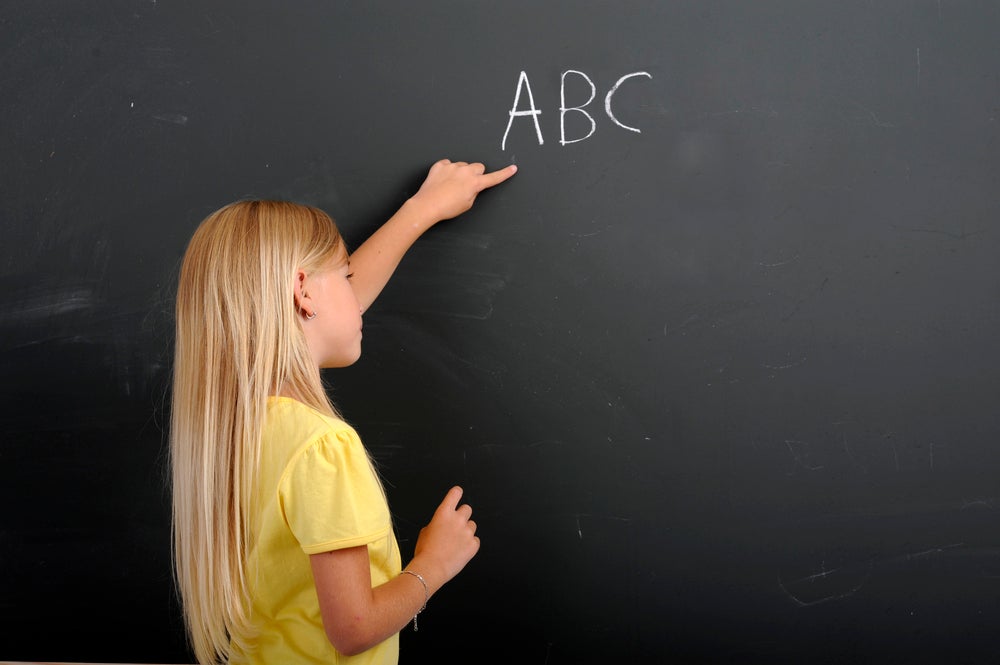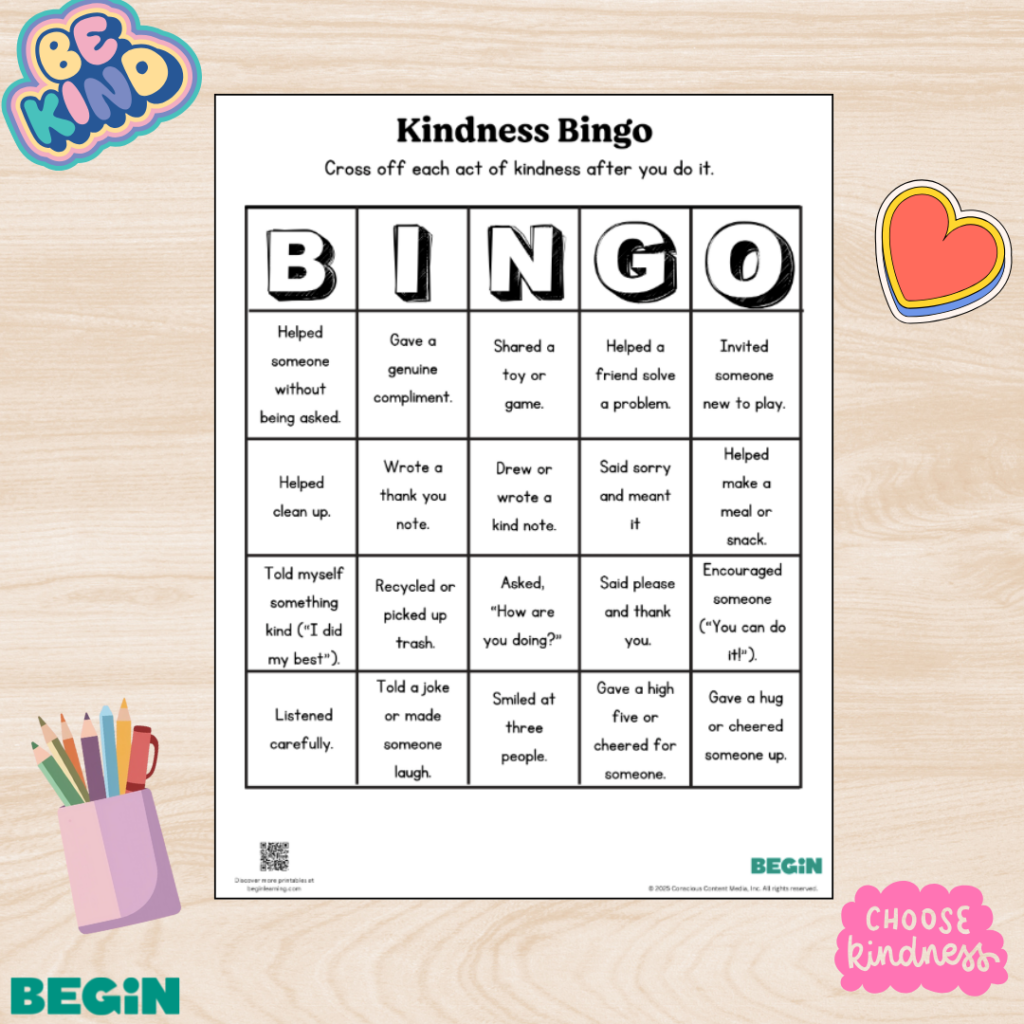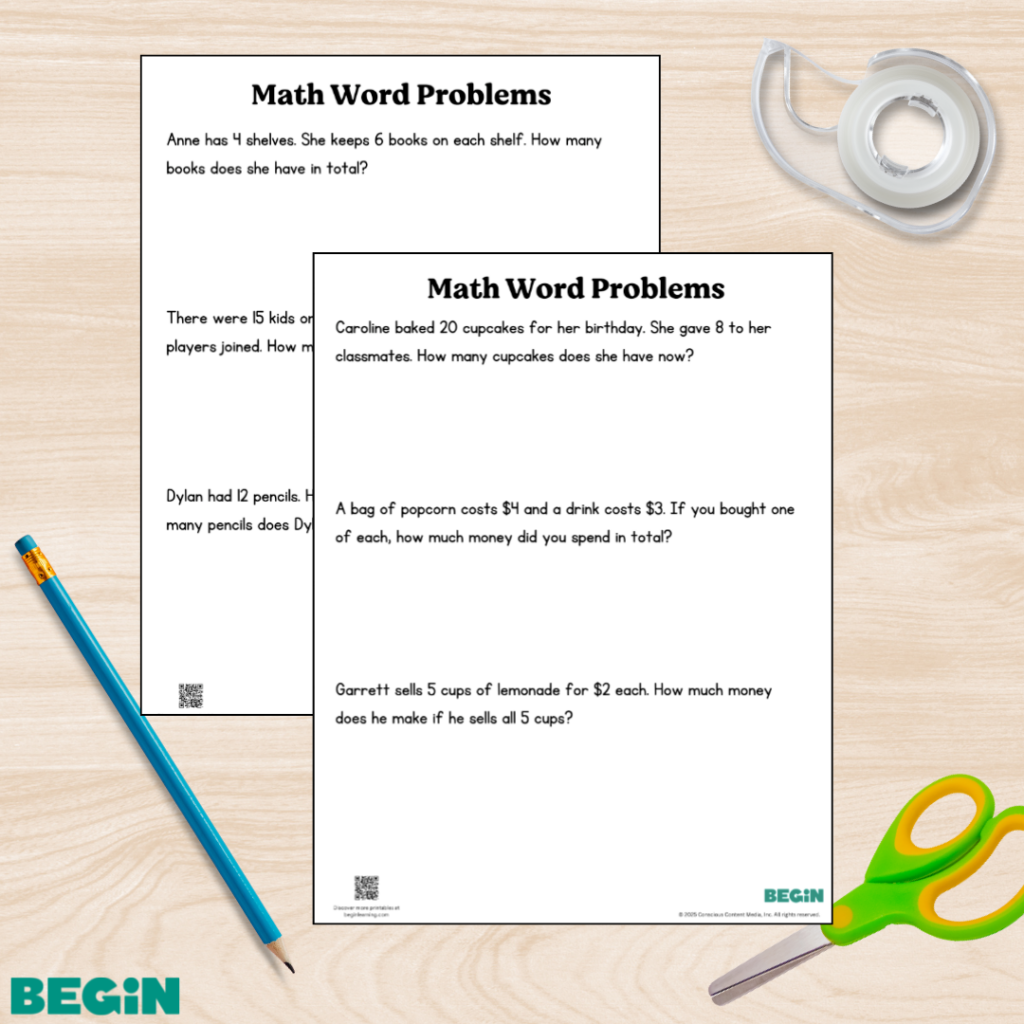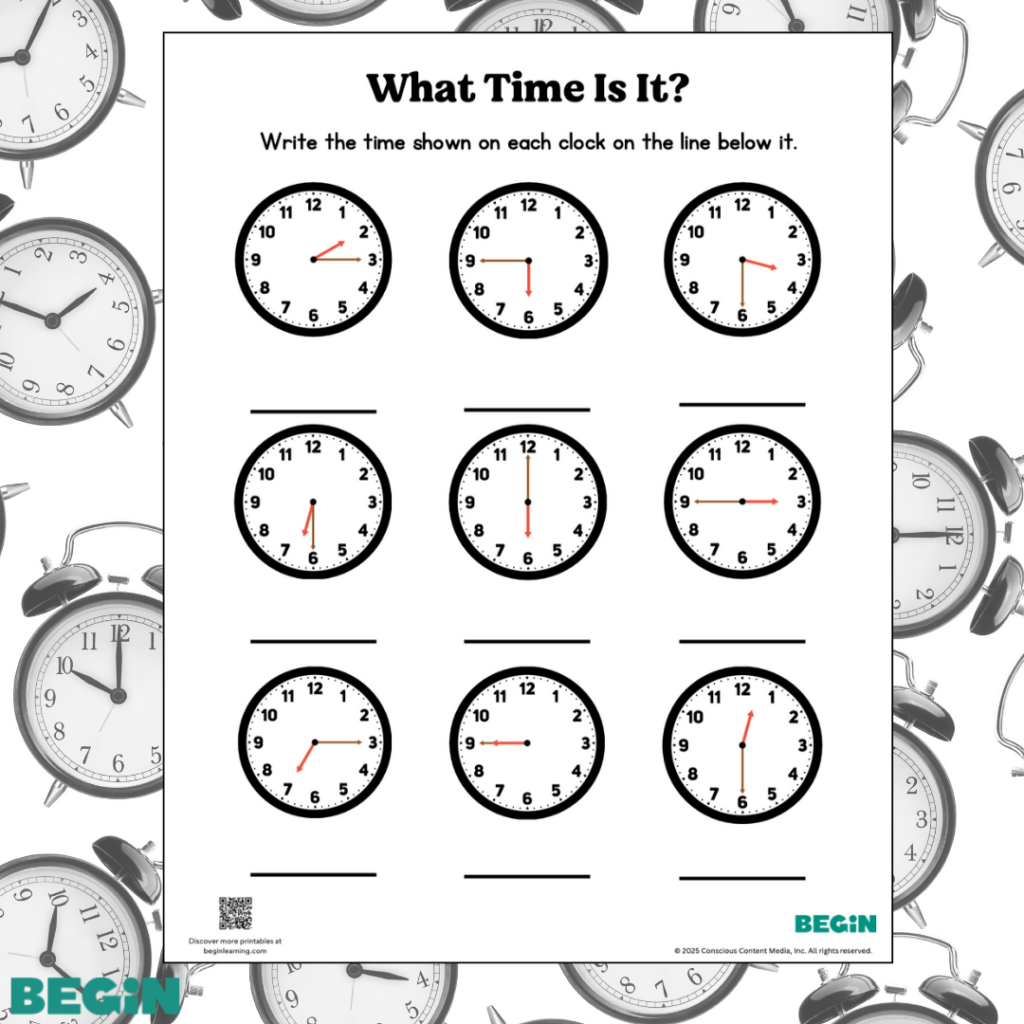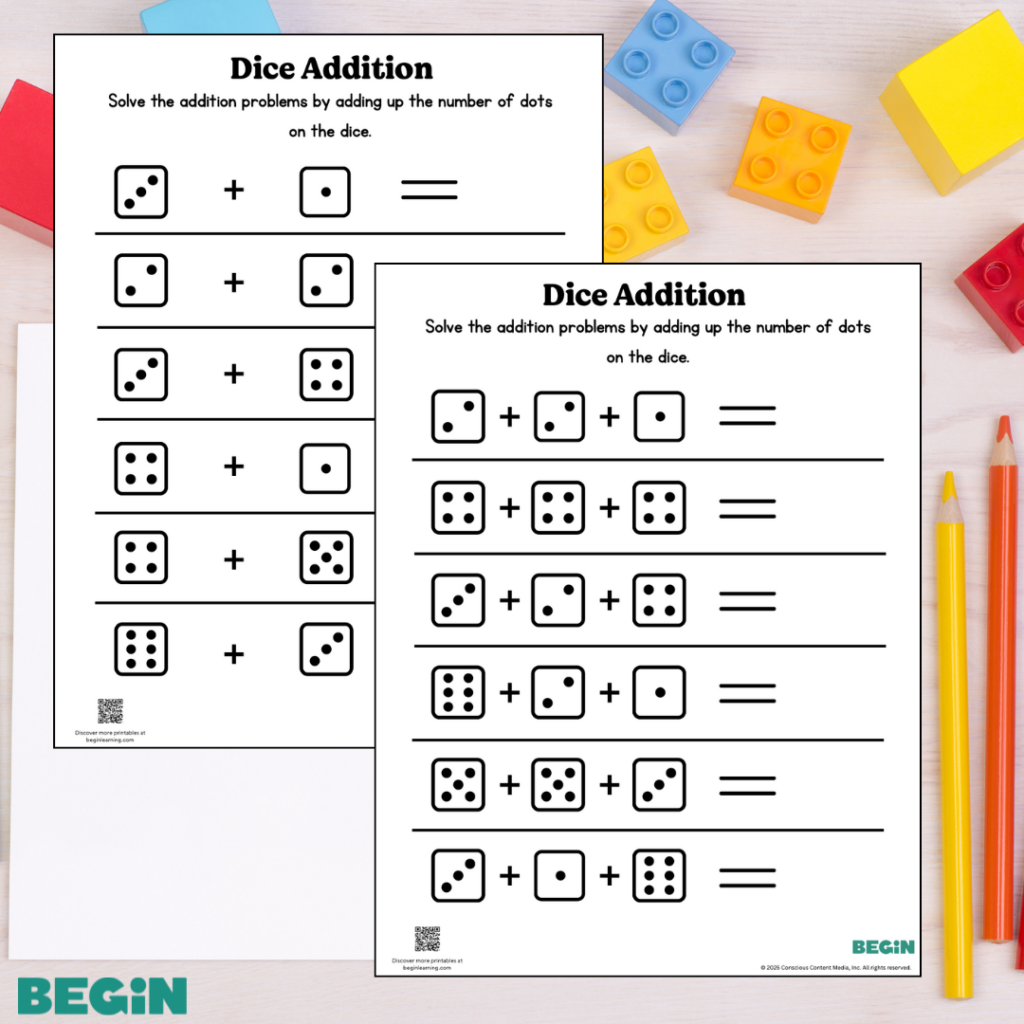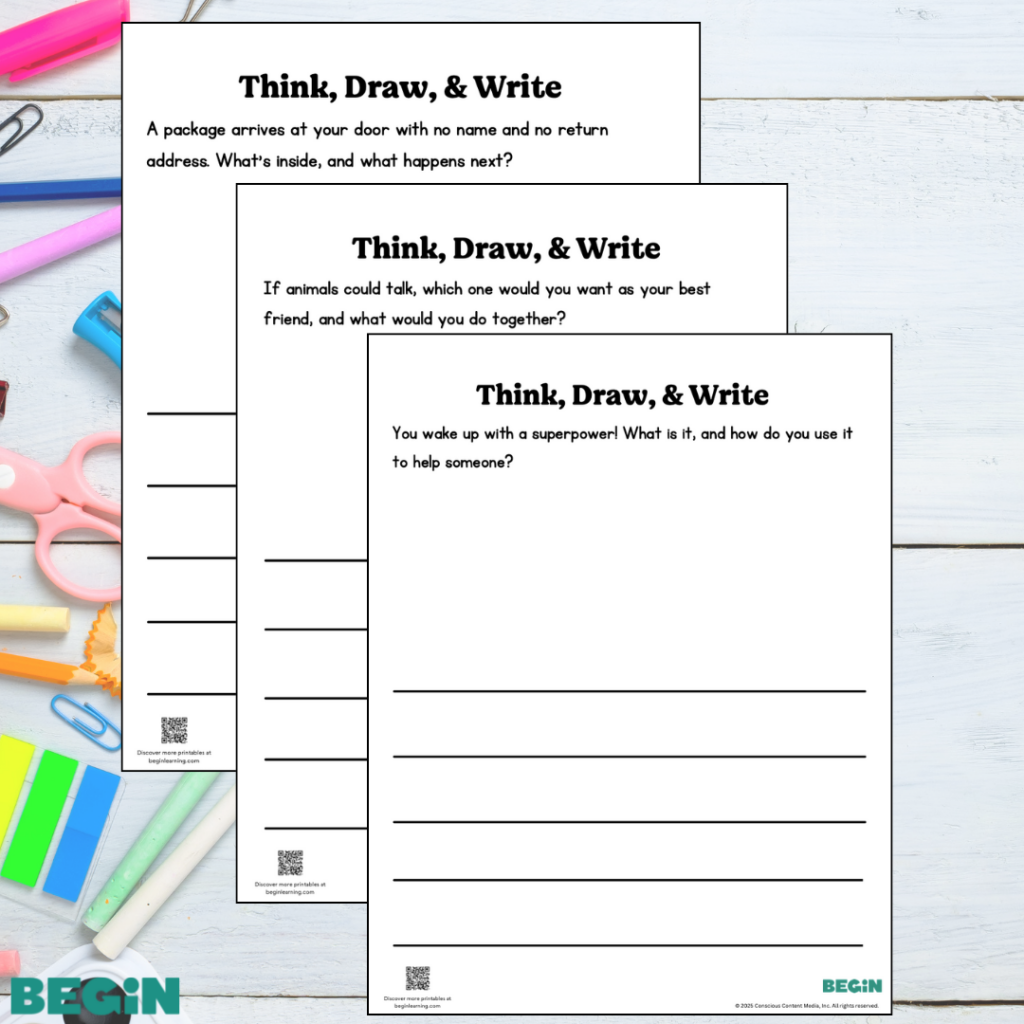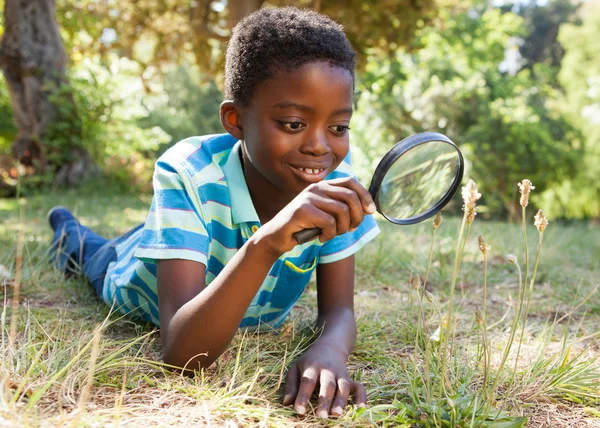After-school routines can help you maintain a calm and peaceful environment when your child has had a long day at school. But we know what you’re thinking: You’ve tried it all, and nothing has worked so far.
Ever since your young learner started school, a peaceful afternoon with no mood swings or tantrums has been a thing of the past. Kids sometimes arrive home grumpy, start a fight with a younger sibling, or whine in response to every request you make.
Trying afternoons might define some days right now, but you can put routines into practice to reduce the number of “oh, no” afternoons.
We’ve compiled a detailed guide on creating effective routines for the afternoon. We’ll also share three routines for kids of different ages to help you find the perfect match for your family
Why Are After-School Routines Important?
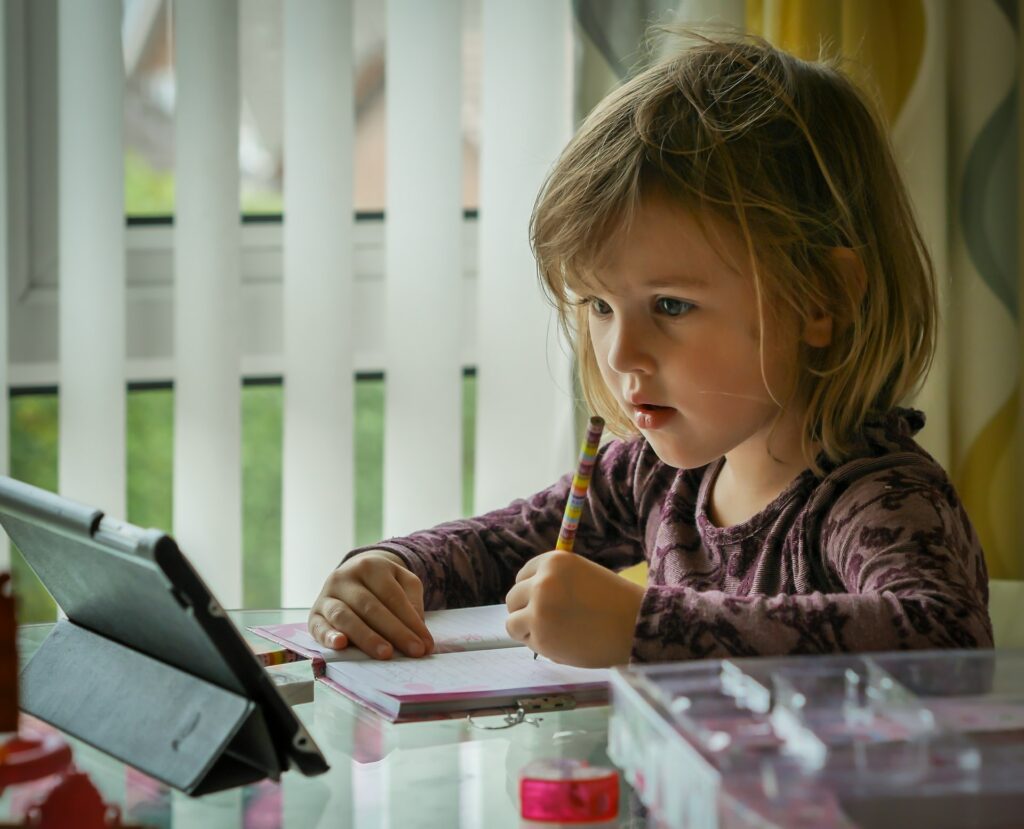
In addition to promoting a calm environment, after-school routines are helpful for many other reasons as well. Let’s take a look at those now.
Routines Encourage Structure
Sometimes, it might feel like our kids love running wild and doing what they want when they want. But the reality is that children actually thrive on structure. It helps them predict what comes next and gives them a sense of security.
(Not to mention, routines help kids learn how to follow directions.)
Structure works well at school. It’s clear when school starts, what time recess is, when school’s out, etc. But routines can also be just as effective at home.
Routines Teach Responsibility
In general, kids who are tasked with jobs around the house grow up to be more responsible adults and take pride in what they do.
Whether it’s feeding the cat or dog at a certain time, taking out the trash, or setting the table, daily chores are the building blocks of responsibility.
But this behavior doesn’t happen overnight. Children don’t wake up at 16 years old ready to take on their chores at home without any complaints. Instead, they need to be taught this behavior from an early age.
While it’s important to consider your child’s age before giving them a task to complete, even young children can help you take the laundry out of the dryer, put toys away, or place their backpack by the door.
No matter their age, instilling a routine can get children into the habit of doing what needs to be done when it needs to be done.
Routines Provide A Sense Of Security
A lot can happen in a full school day — your child might get into an argument with a friend, their teacher might say something that offends them, or a classroom task might be challenging. The list of things and feelings that can overwhelm your child is endless.
But sometimes, children don’t completely “lose it” at school. Instead, they might hold it together the whole day and express their emotions when they get home (where they feel safe to do so).
While so many external factors can send your child’s day into a tailspin, having routines and tasks that produce expected outcomes gives children a sense of security.
Components Of After-School Routines
Knowing why routines are important is key. But it’s also important to know what goes into a successful after-school routine.
Let’s take a look at some ideas you can implement into your child’s day.
Healthy Snacks
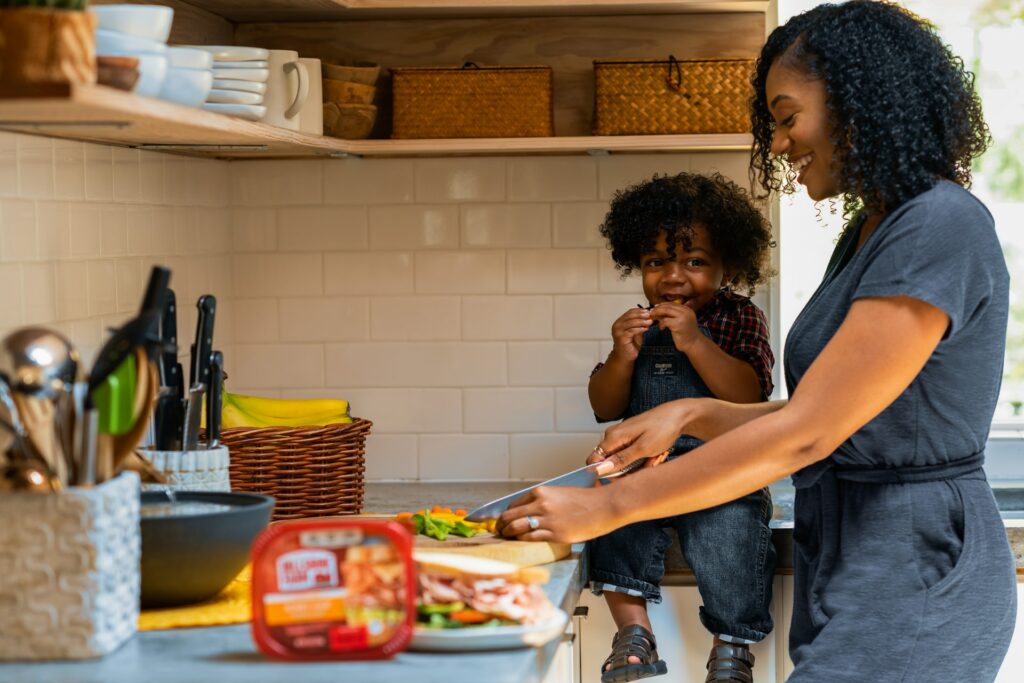
Most kids are usually hungry when they get home from school. So, having a snack in the afternoon is one of the best ways to keep their tummies happy and their attitudes positive until dinner time.
But incorporating a healthy snack into their routine isn’t always easy, especially if you have a picky eater! To encourage the right kind of snacking, try creating a small charcuterie board with their favorite fruits, vegetables, or nuts.
This snack board idea allows you to cut the food into small, manageable pieces. And the presentation means your child might feel more comfortable grabbing a couple of slices of apple instead of a whole one.
It’s also quick and easy to make, and anything that saves you time is a win!
Homework
Once their growing bodies are nourished, it’s time to assess what homework your child has for the evening.
When incorporating homework into your child’s routine, it’s important to remember that timing is everything. You may need to try out different times of the day for this one.
For example, some children may struggle tackling homework right after getting home, while others might prefer to get it out the way before playing outside. It will likely take some trial and error to know what’s best, so work with your child until you can find their ideal time.
Also, remember that it’s fine to have one established place to do homework, but it is also fine to vary. Your child might work at the kitchen table one day and at a desk another. Some homework can even be done outdoors or sitting on pillows in a homemade book nook.
Chores
When your child is old enough to have chores, it’s great to work them into their after-school routine. This creates a break in the day from schoolwork and creates important habits, as we talked about above.
Simple chores — such as making their bed, setting the table, or taking the trash out — can help build responsibility.
Outdoor Play Or Exercise
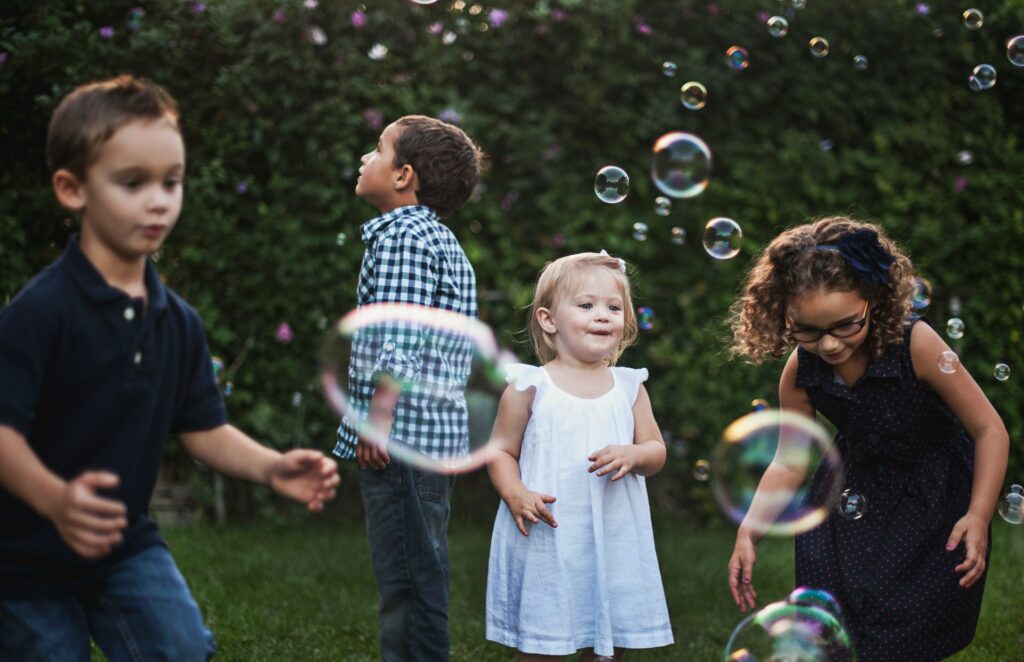
Children need time to play outside, get some fresh air, play with their friends, and just be kids. It’s essential for the growth and development of a happy and healthy child.
Just keep in mind that playtime is usually best after your child has finished their chores and homework because it may be challenging to get them back inside!
After-School Activities
If your child has after-school activities, such as swimming lessons or piano lessons, consider what you need to make them a successful part of your child’s routine.
For example, if their lesson starts right after school, remember to pack some healthy snacks to give them the energy boost they need to perform well.
Screen Time
Not all screen time is bad. After lots of concentration and focus at school, a child can benefit from a moment to shut everything out and watch or play something fun.
Many researchers recommend that kids between two and five years old get no more than an hour of screen time per day. For children older than five, two hours or less every 24 hours is just the right amount.
Tips For Creating An Effective After-School Routine
Schedule Everything

Scheduling everything can give children clarity and direction, which is helpful after a long day at school. This simply means that from the minute your child arrives home from school, they are clear on what to do or what you expect from them.
Note: Your schedule will inevitably vary on occasion (like when a grandparent visits). That’s OK! As long as you stick to it most days, you’ll likely experience the benefits.
Consider Your Child’s Needs
The after-school routines mentioned below are mere guidelines. That’s because children are unique and will naturally have different needs.
For example, some kids might need to ride a bike, run, or jump after school, while others might do better with just a little quiet time.
Be Flexible
If you’re not sure what’s best for your young learner, test out one routine for one week and another the following week. Then, choose the one that makes the most sense for your child and your family.
You can also mix and match activities as needed. For instance, instead of having the option of either exercise or downtime, you can allow your child to have fun outside and then have downtime as well.
The bottom line? When it comes to after-school routines, there is no right or wrong.
3 After-School Routines For Kids
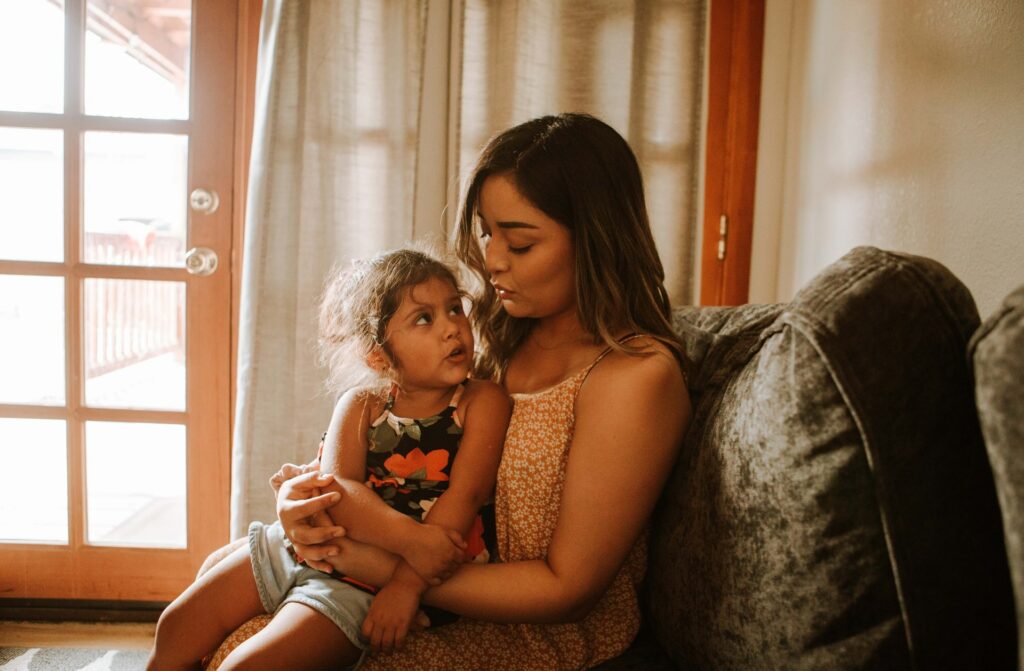
With all of this information under our belt, let’s take a look at a few routine suggestions divided by age.
Preschoolers And Pre-Kindergarteners
- Put backpack away
- Place lunch containers next to the sink
- Healthy snack
- Playtime
- Pick up toys/tidy room
- Help set the table
- Dinner
Kindergarteners
- Put backpack away
- Place lunch containers next to the sink
- Healthy snack
- Playtime
- Pick up toys/tidy room
- Help set the table
- Dinner
- Prepare lunch box for the next day (with help)
1st And 2nd Graders
- Put backpack away
- Wash lunch containers or place them in the dishwasher
- Healthy snack
- Homework time
- Playtime
- Pick up toys/tidy room
- Set the table
- Dinner
- Prepare lunch box for the next day
End Your Day With Structure
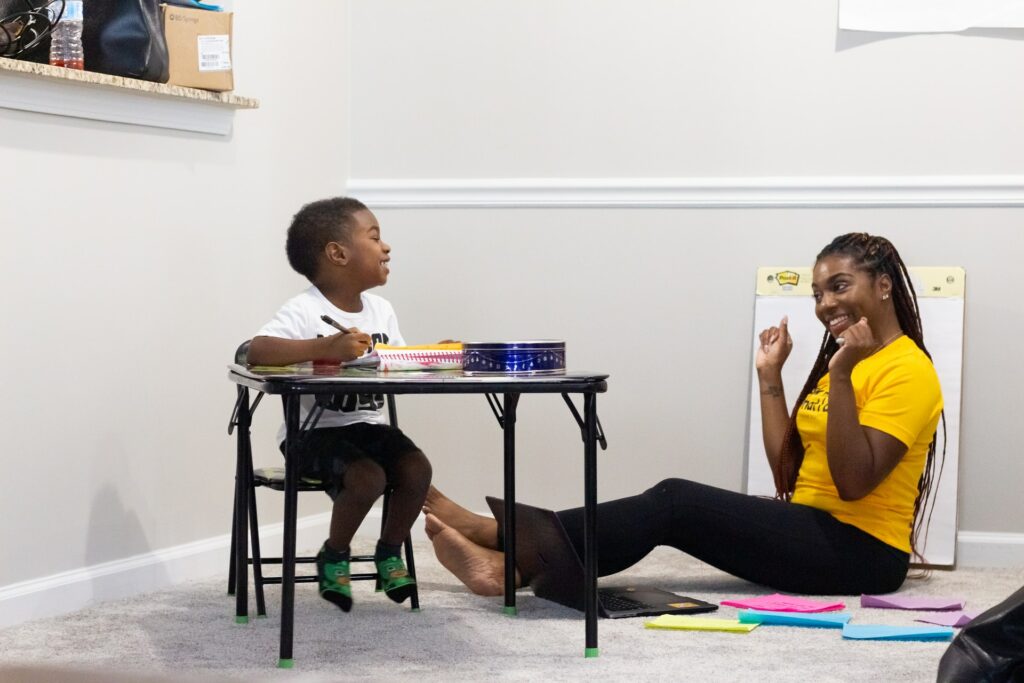
It may take a few weeks for everyone to get used to a new after-school routine. Good things take time, and you and your child may need some time to adjust to new expectations.
If your child seems to resist the routine, talk to them about it and take their feelings into consideration. Maybe they need a little more rest after getting home. Maybe they’re not getting enough playtime or exercise.
The sooner you ask, the sooner you can know the problem and how to fix it.
No matter what routine you implement for your child, remember to include some calm, educational activities, like screen time. Our Learn & Grow App is the perfect go-to option for a stress-free afternoon!




